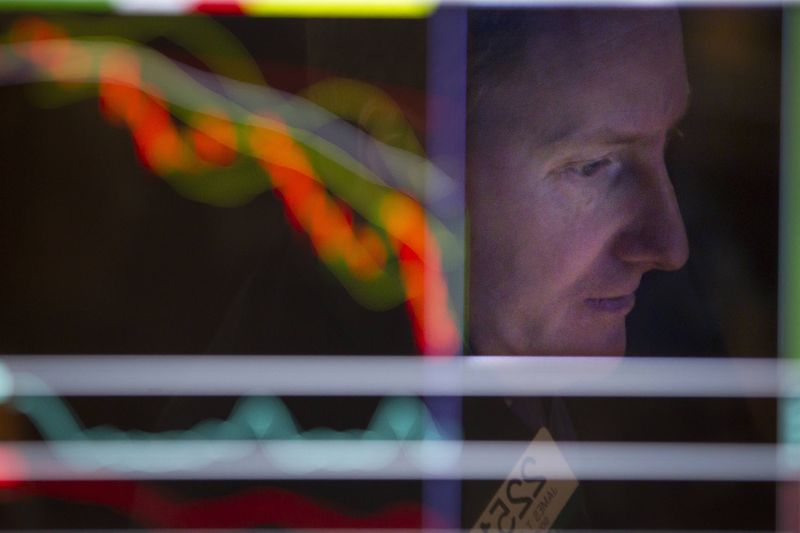Josh Gilbert, market analyst at eToro, shares his three things to watch in Australia in the coming days.
1. Bitcoin’s big leap forward
Last week marked one of the most significant milestones in the history of bitcoin and crypto assets, taking decentralised finance mainstream onto Wall Street.
The approval of the BTC ETF provides the on-ramp for institutional capital that bitcoin has longed for in recent years, providing good news for crypto markets and supporting the belief that bitcoin is an unstoppable technology.
This move has the potential to drive bitcoin’s price significantly higher in the years ahead, with the ETF opening the doors to trillions of dollars of capital.
Last year’s performance is a reminder that crypto has a place in a diversified investment portfolio. Whatever time horizon you look at, risk-adjusted returns for bitcoin are dramatically higher than any other asset class and the ETF may be the option investors choose to take on.
With many other catalysts ahead for bitcoin in 2024, it looks set to be a strong year for the asset.
With the RBA continuing active research into a CBDC this year, the ongoing legitimisation of crypto as an asset class bodes well for those hoping financial institutions continue to embrace the technology.
2. Australian Inflation
Last week also delivered a promising outlook for the year in the form of YoY CPI, which has slowed faster than expected, arriving at 4.3% compared to a forecast of 4.4%. With Aussies still concerned that additional rate hikes are still within the RBA’s scope, the arrival of the most significant decrease since January 2022 is welcome news.
Today, Westpac’s Consumer Confidence report will be released, along with Melbourne Institute’s inflation expectations, both of which hinge on a consumer outlook rather than pure economic indicators.
Markets are now fully pricing in a rate cut from the RBA by August this year, but that may come sooner if economic data continues to move in the right direction.
The first RBA monetary policy meeting of the year commences at the start of February, where the board is largely expected to keep rates on hold and that would more than likely mean the peak in interest rates.
3. Australian unemployment
The other vital number in the battle against inflation is unemployment and on that front, this week marks the year’s first insights into the health of the job market.
In November, we saw job listings drop away and unemployment rise – bad news to anyone on the job hunt but good news for those hoping for a cooling economy.
We’ll likely see a small rise in unemployment, with December unlikely to have been a key month for new hires.
If the figure slips above 3.9% to 4% or higher, we will be well and truly on track to reach the Treasurer’s ‘sustainable unemployment’ target of 4.5%.
While some economists believe the rate doesn’t have to climb that high for the economy to recover, anything above 4.25% will give the RBA the confidence it needs to consider cutting rates sooner.
